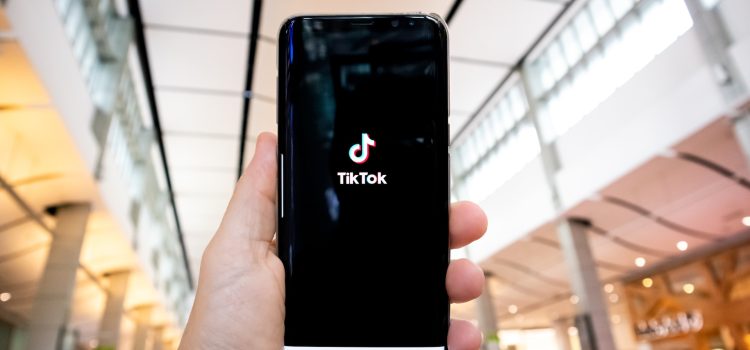
Introduction
In the ever-evolving landscape of social media challenges, TikTok’s Hot Pickle Challenge has taken the internet by storm. What initially appears as a harmless and quirky trend has an underlying bone-chilling reality that demands attention. In this article, we will delve into the dangerous aspects of the Hot Pickle Challenge, shedding light on the potential risks and implications for participants.
The Allure of the Hot Pickle Challenge
Seeking the Thrill of Sensory Extremes
The Hot Pickle Challenge entices participants with its promise of an exhilarating sensory experience. By consuming a super spicy pickle, often infused with intense heat-inducing ingredients, individuals push their taste buds to the limit, seeking the rush that comes with facing extreme flavors. The adrenaline-fueled excitement of challenging oneself attracts those who crave thrilling experiences.
The Quest for Social Media Fame
In the world of TikTok, popularity and recognition are highly sought after. The Hot Pickle Challenge presents an opportunity for participants to gain attention, likes, and followers by capturing and sharing their daring pickle-eating endeavors. The desire for social media fame drives many individuals to partake in this trend, hoping to stand out in a sea of content creators.
Unveiling the Bone-Chilling Reality
Physical Consequences and Health Risks
Behind the allure lies a potentially hazardous reality. Consuming exceptionally spicy foods, like the pickles used in the challenge, can have adverse effects on the body. Excessive heat can lead to gastrointestinal issues, such as stomach pain, nausea, and in severe cases, even damage to the digestive system. The intense heat can also cause irritation and discomfort in the mouth, throat, and esophagus.
Allergic Reactions and Sensitivities
Participants may unknowingly have allergies or sensitivities to certain ingredients present in the spicy pickles. Consuming these ingredients can trigger allergic reactions, ranging from mild discomfort to severe symptoms requiring medical attention. The lack of awareness regarding individual sensitivities further heightens the risk for participants.
Peer Pressure and Emotional Toll
The pressure to conform to social media trends can be overwhelming, leading to a sense of peer pressure among participants. Individuals may feel compelled to engage in the Hot Pickle Challenge to fit in or gain acceptance within the online community. This pressure can take an emotional toll, leading to feelings of inadequacy, anxiety, and low self-esteem if one chooses not to participate or fails to complete the challenge.
Dangerous Imitations and Escalation
As challenges gain popularity, there is often a desire to push the limits and create more extreme versions. This escalation can lead to dangerous imitations of the Hot Pickle Challenge, where participants attempt to consume even spicier pickles or combine multiple challenges into one. These actions significantly increase the risk of physical harm and perpetuate a cycle of escalating danger within the trend.
Raising Awareness and Promoting Safety
Educating Participants on Risks and Precautions
To combat the bone-chilling reality of the Hot Pickle Challenge, education is crucial. TikTok users should be made aware of the potential health risks associated with consuming extremely spicy foods. Providing information about proper precautions, recognizing allergies or sensitivities, and advising moderation can help safeguard participants’ well-being.
Responsible Content Creation and Moderation
Content creators have a responsibility to promote safe and responsible challenges. By emphasizing creativity, positive messaging, and non-harmful activities, they can redirect the focus away from dangerous trends. TikTok and other platforms should also prioritize robust content moderation, swiftly removing challenges that pose significant risks to user safety.
Encouraging Critical Thinking and Individuality
Empowering individuals to think critically and make informed decisions is crucial. Encouraging users to celebrate their unique talents, interests, and achievements rather than succumbing to peer pressure can help foster a healthier online environment. By focusing on self-expression and positive engagement, individuals can navigate social media with a sense of authenticity and independence.
Conclusion
As we unveil the bone-chilling reality of TikTok’s Hot Pickle Challenge, it is clear that this trend is not without its dangers. The allure of seeking thrills and chasing social media fame can lead individuals down a path of potential physical and emotional harm. Raising awareness, promoting safety measures, and encouraging responsible content creation are essential steps in mitigating the risks associated with dangerous trends. By prioritizing the well-being of participants and fostering a culture of safety, we can create a social media landscape that encourages creativity, authenticity, and positive engagement.










